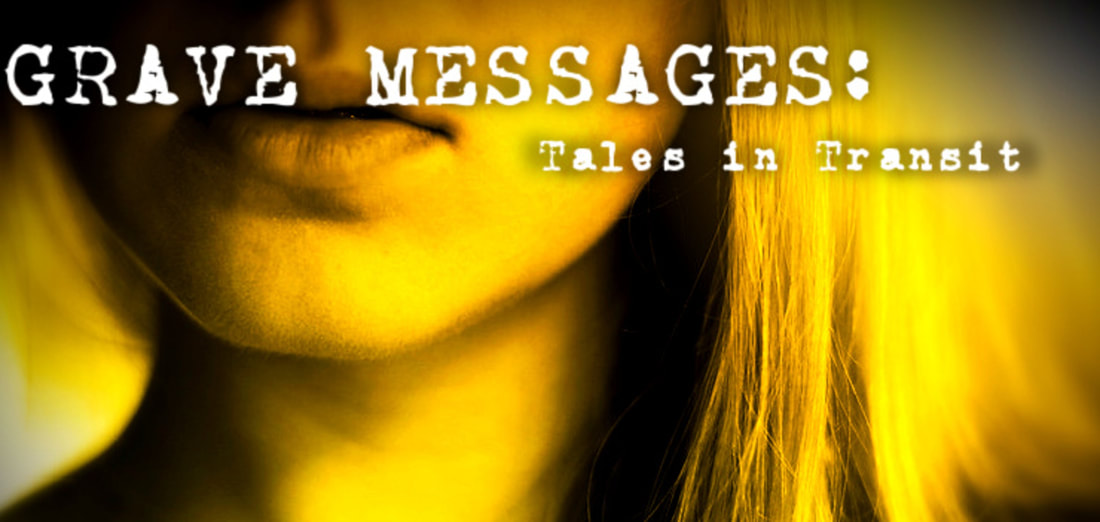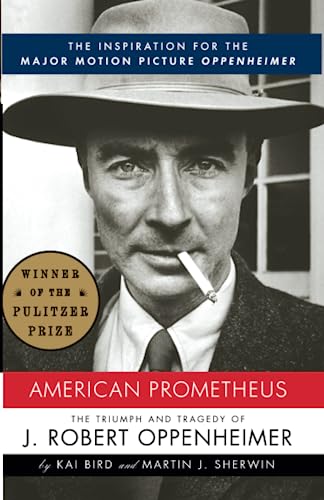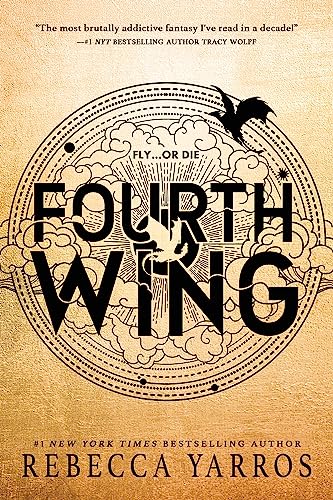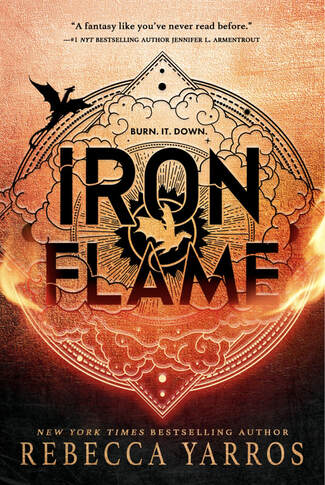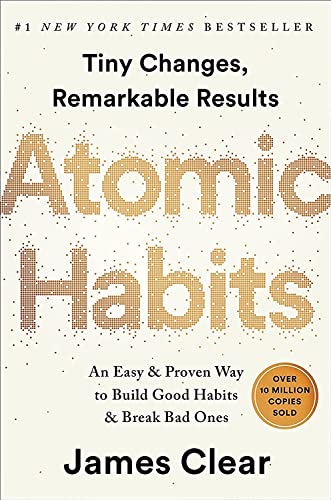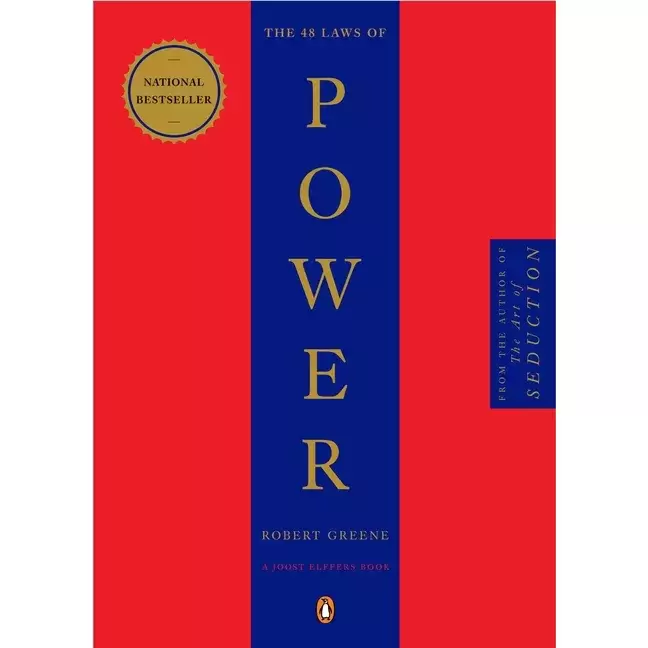1. American Prometheus: The Triumph and Tragedy of J. Robert Oppenheimer#1 FULL REVIEW: American Prometheus is an engaging and meticulously researched biography that delves into the complex life of J. Robert Oppenheimer, the brilliant physicist and enigmatic figure behind the development of the atomic bomb during World War II. Written by Kai Bird and Martin J. Sherwin, the book offers a comprehensive and thought-provoking exploration of Oppenheimer's journey from scientific prodigy to one of the most influential scientists of his time. The authors skillfully navigate the various facets of Oppenheimer's life, from his privileged upbringing and intellectual pursuits to his significant contributions to the Manhattan Project, which ultimately shaped the course of history. The narrative artfully weaves together personal anecdotes, historical events, and scientific discoveries, providing readers with a captivating and well-rounded portrait of this enigmatic figure. One of the book's greatest strengths lies in its portrayal of the moral dilemmas faced by Oppenheimer and his fellow scientists during the development of the atomic bomb. The authors do not shy away from the ethical complexities surrounding the project, questioning the choices made and the consequences of those decisions. This introspective approach humanizes Oppenheimer, showcasing his internal struggles and profound reflections on the implications of his work. Moreover, American Prometheus goes beyond a mere biographical account and offers insightful perspectives on the broader historical and political context of the time. It sheds light on the tensions between science, government, and national security during the tumultuous era of the Cold War, making the book relevant and thought-provoking for readers interested in the interplay between science and society. The prose is eloquent, making it accessible to both history enthusiasts and readers with limited scientific knowledge. The authors strike an excellent balance between the technical aspects of Oppenheimer's work and the personal aspects of his life, making the book engaging and informative throughout. However, some readers may find the extensive detail and depth of information occasionally overwhelming, particularly if they are primarily interested in the scientific aspects of Oppenheimer's work rather than his personal life. Additionally, the book's length may be a deterrent for those seeking a more concise account of Oppenheimer's life. In conclusion, American Prometheus is a compelling and multi-dimensional biography that sheds light on the remarkable life and legacy of J. Robert Oppenheimer. Bird and Sherwin's meticulous research and vivid storytelling create a narrative that is both informative and emotionally resonant. This biography stands as a testament to the triumphs and tragedies of an influential scientist whose legacy continues to shape the course of science and history. GET IT HERE: American Prometheus: The Triumph and Tragedy of J. Robert Oppenheimer 2. THE FOURTH WING (The Empyrean Book 1) SHORT REVIEW: Book nerd's military mom forces her to school to toughen her up. The tag line says it all: graduate or die. Booktok loves this series. Will you? GET IT HERE: THE FOURTH WING 3. IRON FLAME (The Empyrean Book 2)SHORT REVIEW: Really smart girl thrives because of her brains in Book 2 of The Empyrean series by Rebecca Yarros. GET IT HERE: IRON FLAME 4. Atomic Habits: An Easy & Proven Way to Build Good Habits & Break Bad OnesSHORT REVIEW: YOU CAN DO IT!!! GET IT HERE: ATOMIC HABITS 5. The 48 Laws of Power SHORT REVIEW: The study of 3000 years boils down to 48 Laws to help you control your own life. GET IT HERE: THE 48 LAWS OF POWER CONCLUSION:
The top 5 on Amazon this week includes a bio based on the current movie scene along with two #Booktok favs and two self-help books. Have you read any of these? Which were your favorites? Please leave your comments below! <3 Cyn
0 Comments
H.P. Lovecraft was known for his ability to weave tales of horror and otherworldly terror, but perhaps his finest example of eldritch madness can be found in the short story "From Beyond."
The story follows the narrator, Crawford Tillinghast, and his colleague Dr. Laban Warren as they experiment with a strange device that attempts to stimulate the pineal gland, which in theory would allow the user to perceive planes of existence beyond our own. However, as they activate the device, what they discover is not just a new dimension, but a world of grotesque, terrifying creatures that should never have been perceived by mortal minds. The narrator's mind descends into increasing levels of madness as he grapples with the incomprehensible, with unpredictable and at times terrifying results. The characters in From Beyond experience a type of madness rarely seen outside the pages of Lovecraft's works. They undergo a transformation, becoming consumed by their obsession with the unknown and the perceived power they wield. In their pursuit of knowledge, they open doors that should never have been opened and unleash things that were better left undisturbed. The madness in From Beyond is a reflection of the human mind's inability to comprehend the vastness and complexity of the universe. In their obsession, the characters lose touch with reality and become trapped in their own perceptions of the world. The implications of these insights are equally fascinating, offering a deep dive into questions of sanity, perception, and what it means to be human. In conclusion, From Beyond is a classic tale of madness that still resonates with readers today. Lovecraft's vivid descriptions and haunting imagery stay with you long after the story is over, leaving you to ponder the fragility of the human mind and the dangers of seeking knowledge beyond our grasp. If you're a fan of horror and otherworldly tales, From Beyond is not to be missed. Get a copy of the story from Amazon (affiliate link):
Listen to the Episode here:
The banshee, a female spirit in Irish folklore who is said to wail outside the home of a person who is soon to die, plays a significant role in Francis Marion Crawford's gothic horror novel, The Dead Smile. Throughout the novel, the reader is confronted with the banshee's eerie presence, which serves as a symbolic representation of the impending doom that looms over the characters.
The banshee is first introduced in the short story as a warning of the curse that the main character, Sir Hugh Ockram, has placed upon his children. The banshee's wail is described as a "dreadful cry," which echoes throughout the castle and fills the hearts of the characters with fear and dread. This serves as a foreshadowing of the horrors that Sir Hugh is hiding and could serve to be the damnation of his son, Gabriel. Furthermore, the banshee is also symbolic of the guilt and shame that the characters in the novel carry with them. Gabriel, for example, is haunted by the sins of his ancestors and is tormented by the dead smile which becomes a symbol of horrible secrets. Similarly, Lady Evelyn Warburton is consumed by her own obsession with the secret that Sir Hugh Ockram took to his grave. The banshee looks like her. Animals react badly in her presence. Yet, her beauty is often referred to throughout the story to counteract the evil that surrounds her. The opposing symbolism of Evelyn can then be interpreted as tainted innocence. She is good, but obsessed. She is beautiful, but ignorant. Evelyn is not the banshee, but it wouldn't take much to interpret the banshee's wail - heard twice throughout the story - as a manifestation of the inner turmoil caused to those still living when Sir Hugh dies without sharing his secret. In conclusion, the banshee in The Dead Smile is a powerful symbol that represents the impending doom that looms over the characters throughout the story. Its eerie presence serves as a warning of the horrors that await as the result of a terrible past. The banshee also adds to the unsettling and gothic atmosphere of Crawford's work. By analyzing the symbolism of the banshee, we can gain a deeper understanding of the themes and motifs at play in The Dead Smile. You can pick up a copy of this story on Amazon (affiliate link):
Or listen to the full episode below:
In the short story "The Yellow Wallpaper" by Charlotte Perkins Gilman, the narrator is a woman who is struggling with her mental health. As the story progresses, we see how her environment exacerbates her condition, leading to a sense of insanity. The story highlights the theme of environment's impact on mental health, especially the negative effects of social isolation and confinement.
The narrator of the story is a young woman who is suffering from what appears to be a nervous breakdown. Her physician-husband John prescribes a strict regime of rest and isolation for her, which entails moving to a remote colonial mansion for the summer. There, the narrator is confined to a large upstairs bedroom, where she starts to fixate on the vague pattern of the yellow wallpaper. At first, she sees the pattern as flawed but as the days pass, she becomes increasingly obsessed with it. She imagines that there is a woman trapped behind the wallpaper and starts to see other pattern shapes swirling and threatening. These delusions become more vivid and intense, and the narrator becomes increasingly agitated and delirious. She's unable to sleep and becomes fixated on freeing the woman behind the wallpaper. As the story reaches its climax, the narrator completely loses her sense of reality and becomes convinced that the woman behind the wallpaper is her identical self. She rips the wallpaper down and begins to creep around the room in circles, challenging the imaginary woman. Her husband returns to find her in a catatonic state, having completely lost touch with reality. The story is a powerful exploration of the damaging psychological effects of isolation and confinement, especially when in a context where there is no mental stimulation or activity. The story shows how the human psyche seeks escape, stimulation and outlets for creativity, and without being given these basic human needs a person can suffer greatly. The Yellow Wallpaper emphasizes the importance of considering the human element in treating mental illness. Instead of just prescribing rest and isolation, individuals struggling with their mental health can benefit from community support and more creative outlets in their room of confinement, which can work hand-in-hand with professional therapeutic treatment. You can get a copy from Amazon.com here: (affiliate link)
Listen to the episode here:
|
